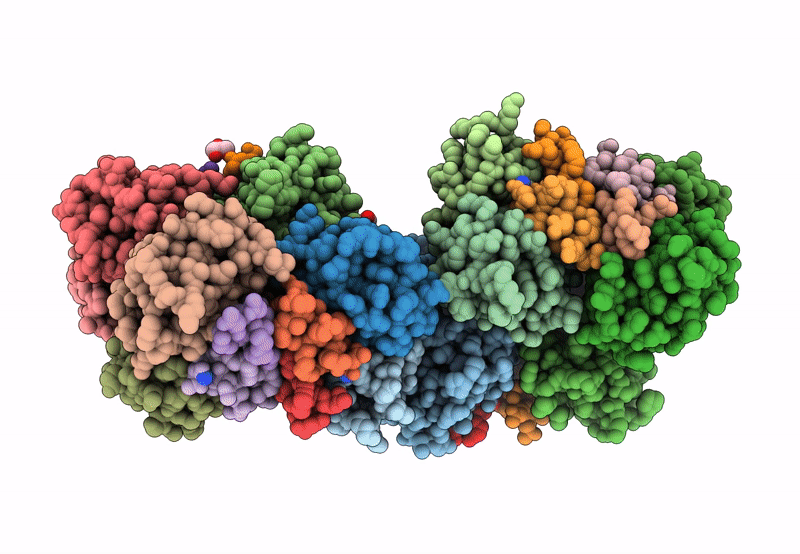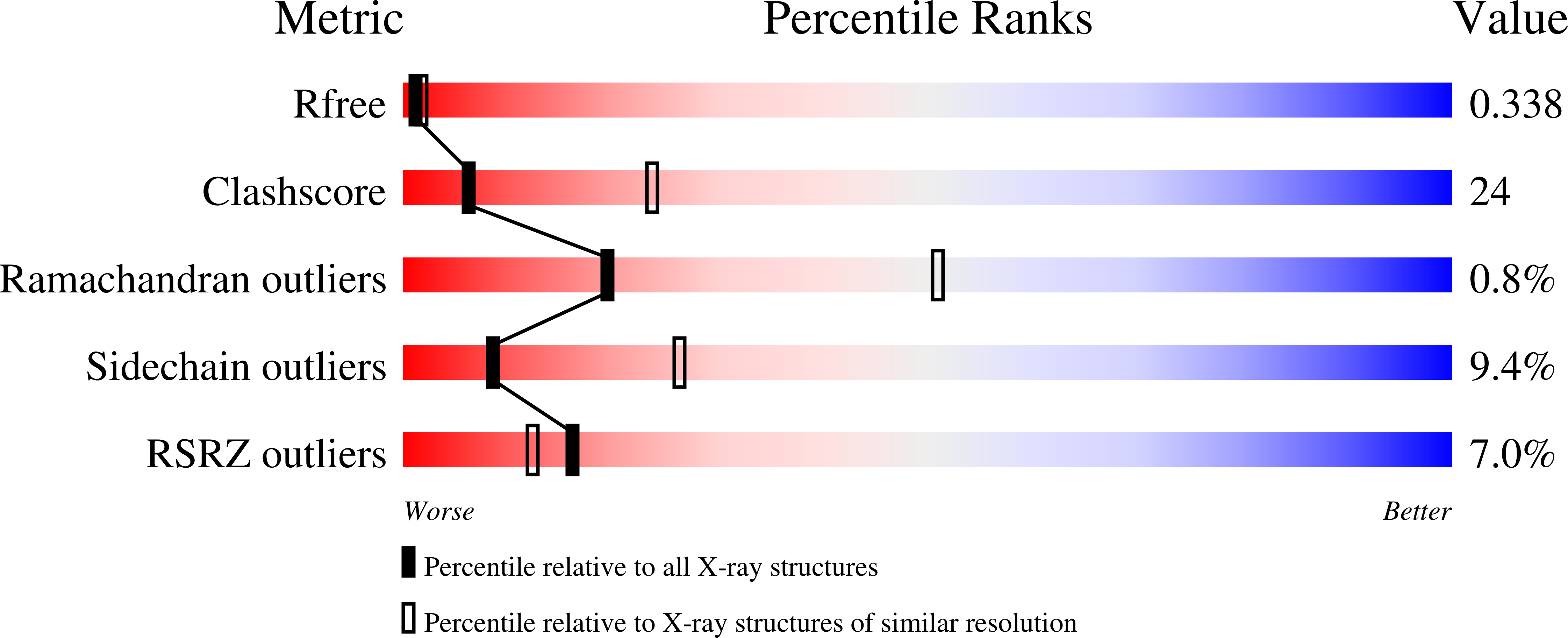
Deposition Date
2022-12-06
Release Date
2023-10-11
Last Version Date
2023-11-15
Method Details:
Experimental Method:
Resolution:
2.90 Å
R-Value Free:
0.34
R-Value Work:
0.24
R-Value Observed:
0.24
Space Group:
P 21 21 2


